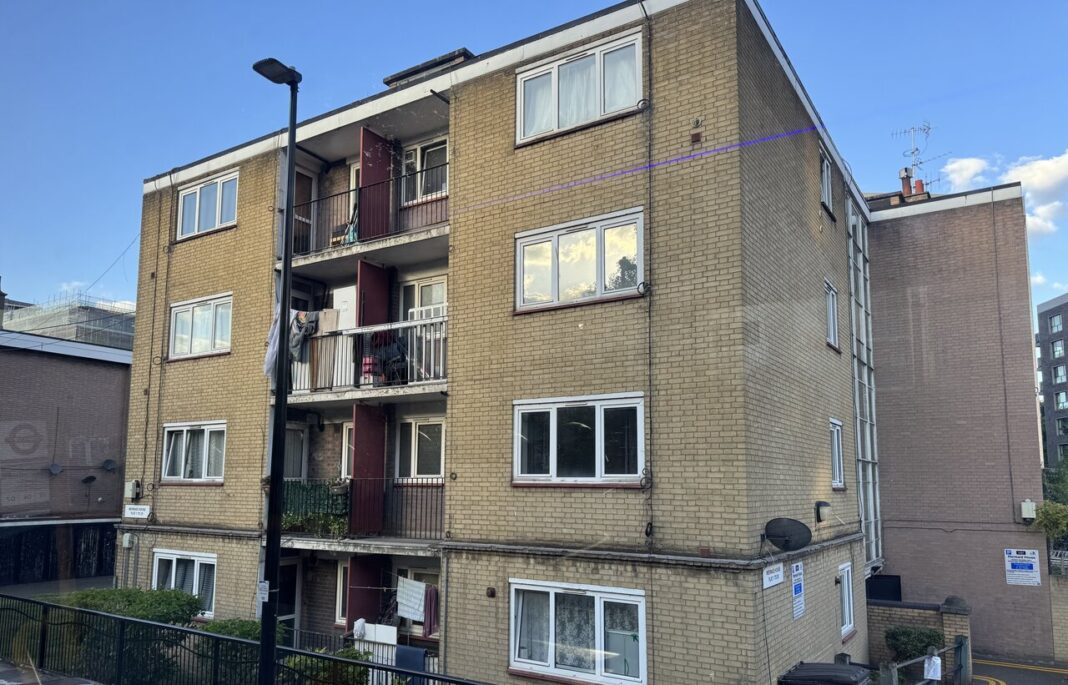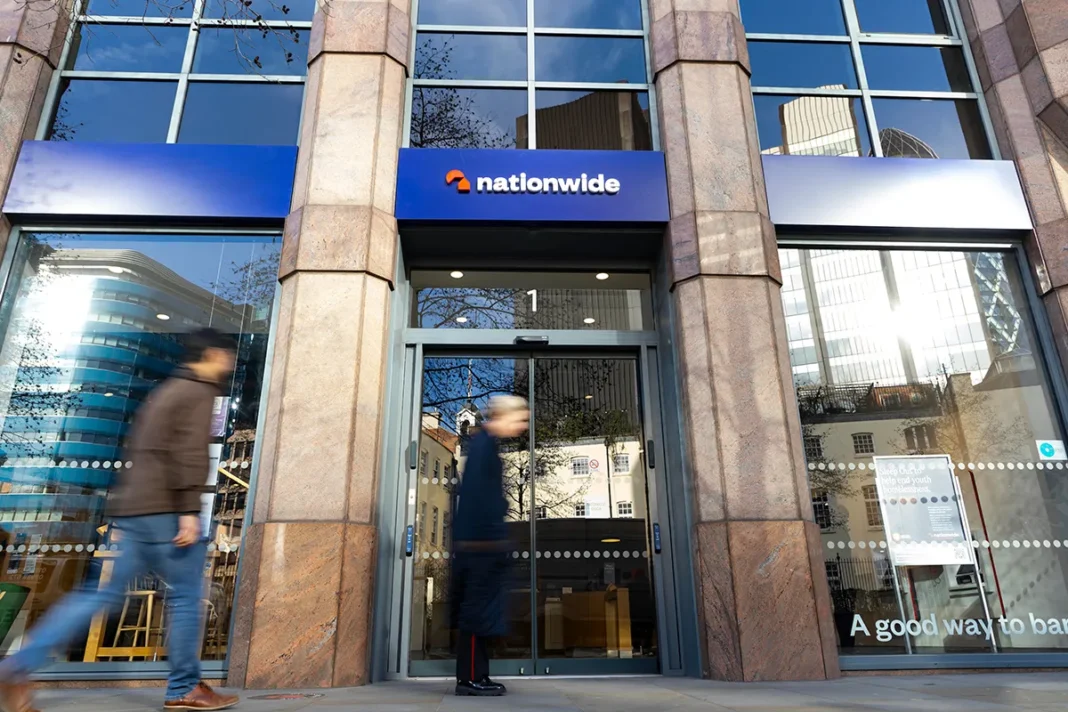Margaret Thatcher’s flagship Right to Buy policy has cost taxpayers almost £200 billion and deepened Britain’s housing crisis, according to a new report by think tank Common Wealth.
The report, which examines the sale of 1.9 million council homes in England since 1980, describes the scheme as one of the “largest giveaways in UK history”.
It estimates that £194 billion in value was effectively handed over through average discounts of 43%, with many of the sold homes now privately rented at high cost to local authorities.
The Guardian reports that of the estimated £430 billion current value of former council homes, the report identifies nearly half as “opportunity cost” – public wealth that could have been retained or reinvested in social housing.
PROPERTY-OWNING DEMOCRACY
Originally launched to promote a “property-owning democracy,” Right to Buy helped millions into homeownership. But critics say it decimated the UK’s affordable housing stock. Many of the sold homes were never replaced, and one in six private renters now lives in a former council property.

Chris Hayes, Common Wealth’s chief economist, said: “Right to Buy was a central pillar in a decades-long assault on local government, denying councils discretion over how best to use assets they had built.
“Now those assets are in dire shortage, and councils still bear the heightened cost of seeing people through the housing crisis.”
The findings come as Angela Rayner, Deputy Prime Minister, signals plans to tighten eligibility for the scheme. Proposed reforms include extending the minimum tenancy period from three to ten years.
Labour has pledged a £39 billion investment in social and affordable housing over the next decade, but experts warn that hitting its 1.5 million homes target will be a significant challenge. Meanwhile, local authorities continue to spend over £20 billion a year housing benefit claimants in privately rented, ex-council stock.











